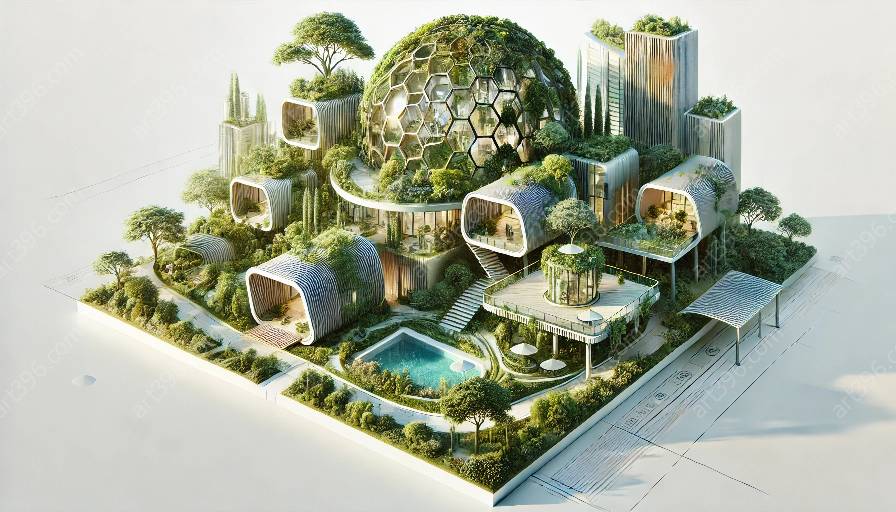Retrofitting existing buildings for sustainability presents both challenges and opportunities for architects and the built environment. Green/Sustainable architecture is an evolving practice that seeks to minimize environmental impact while creating healthy and efficient spaces for occupants. In the context of architecture, retrofitting buildings for sustainability involves upgrading existing structures to improve energy efficiency, reduce waste, and incorporate eco-friendly materials and design principles.
The Challenges
Cost: One of the primary challenges of retrofitting existing buildings for sustainability is the cost involved. Upgrading older structures to meet modern sustainability standards can require significant investment, which may be a barrier for building owners and developers.
Technical Complexity: Retrofitting older buildings often involves addressing technical complexities such as outdated infrastructure, structural limitations, and existing building codes and regulations. Architects and engineers must carefully navigate these challenges to ensure the successful implementation of sustainable retrofit solutions.
Heritage Considerations: Many existing buildings hold historical or cultural significance, and retrofitting them for sustainability must take into account the preservation of their heritage value. Balancing sustainability goals with the need to maintain the original character of the building poses a unique challenge for architects.
Occupant Disruption: Retrofitting projects can disrupt the daily lives of building occupants, whether they are residents, employees, or tenants. Minimizing disruptions while making substantial changes to the building's infrastructure requires thoughtful planning and communication.
The Opportunities
Retrofitting existing buildings for sustainability also presents numerous opportunities for architects and the built environment.
Environmental Impact: By upgrading existing buildings to be more sustainable, architects can significantly reduce the environmental impact of the built environment. Improving energy efficiency, reducing water consumption, and using eco-friendly materials contribute to a healthier planet and a more sustainable future.
Innovation: Retrofitting projects provide architects with opportunities to innovate and experiment with new sustainable design strategies and technologies. It allows them to creatively address the challenges of existing buildings while incorporating cutting-edge sustainable practices.
Economic Benefits: While the initial cost of retrofitting may be a challenge, the long-term economic benefits can be substantial. Energy savings, reduced maintenance costs, and increased property value contribute to the financial viability of sustainable retrofit projects.
Community Engagement: Sustainable retrofit projects offer a platform for community engagement and education. Architects can work with building occupants and local stakeholders to raise awareness about sustainable design and inspire broader community involvement in environmental stewardship.
Conclusion
Retrofitting existing buildings for sustainability within the context of green architecture requires a balance of addressing challenges and embracing opportunities. As architects navigate the complexities of sustainable retrofit projects, they play a crucial role in shaping a more sustainable, resilient, and environmentally conscious built environment.





























































